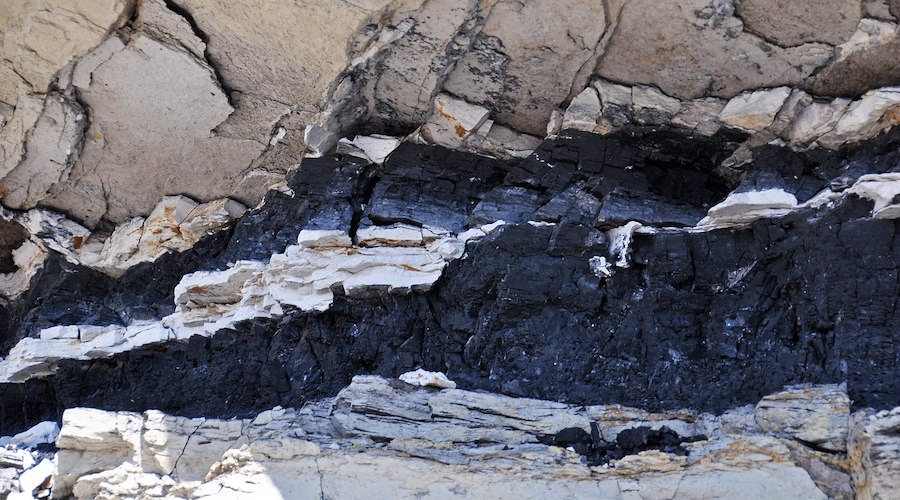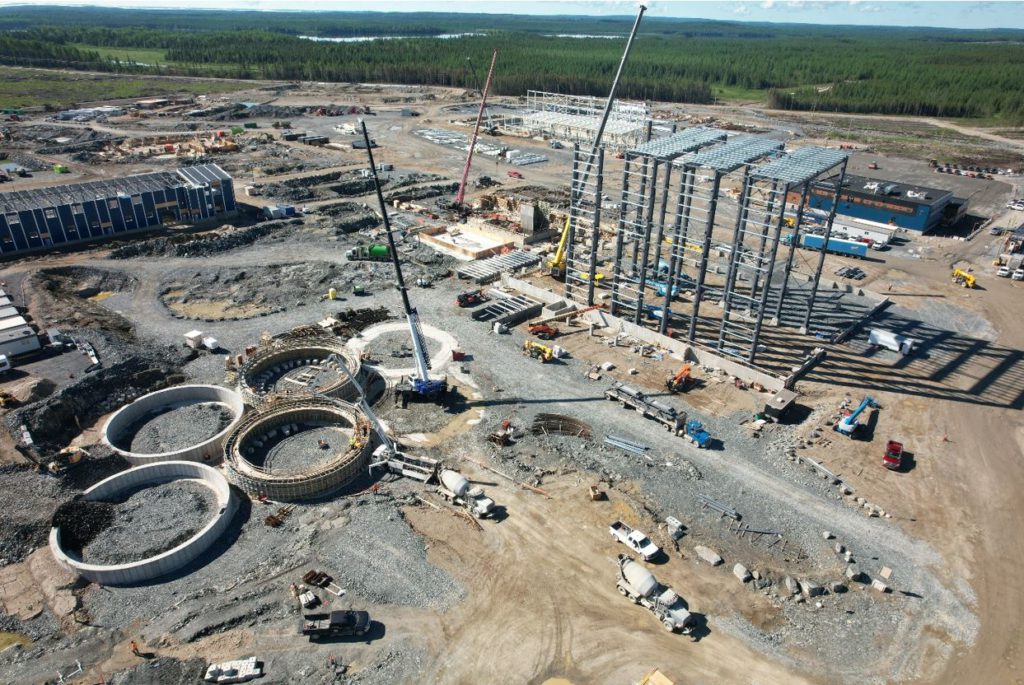Canada, US inject $29M into New Brunswick tungsten project


The Sisson project holds one of the world’s most significant tungsten reserves and is fully permitted at the federal and provincial levels. Credit: Northcliff Resources
Northcliff Resources (TSX: NCF) received an C$8.2 million ($6 million) investment from the Canadian government this week to help advance its Sisson tungsten-molybdenum project in New Brunswick.
The sum adds to $15 million in US Defense Production Act funding announced in May. The $29 million funding will help the project become a top tungsten producer outside China, the company said on Thursday.
“Bilateral investments by the Canadian and US governments are being made to ensure that the minerals are available to support newly developing technologies as well as maintain security of supply and North American industrial competitiveness,” Northcliff chairman and CEO Andrew Ing said in a release.
“Northcliff has the opportunity to contribute to these key objectives by becoming a reliable, easily accessible, domestic producer of two critical minerals.”
The Sisson project, backed by New Zealand industrial conglomerate Todd Corp., holds one of the world’s most significant tungsten reserves and is fully permitted at the federal and provincial levels. The cross-border funding mimics how Fireweed Metals (TSXV: FWZ) secured a Pentagon investment of $15.8 million in December and C$12.9 million from Canada’s Critical Minerals Infrastructure Fund to advance the Mactung tungsten project in the Far North.
Military applications
China controls more than 80% of the world’s tungsten supply, a hard, dense metal used mainly to make cemented carbides for cutting and drilling tools, as well as in alloys for aerospace, electronics and military applications like armour-piercing ammunition. Molybdenum, mainly used in steel alloys, has also gained strategic importance for renewable energy and defence supply chains.
Canadian support from Natural Resources Canada’s Global Partnerships Initiative will update the Sisson 2013 feasibility study. It will also complete basic engineering. Consulting engineering firm Ausenco has been engaged for the work, which aims to produce the technical and economic detail needed for a construction decision. The US contribution supports pre-construction tasks. This includes offtake talks and project-finance plans.
However, significant steps remain before shovels hit the ground. Northcliff needs to wrap up its feasibility study. It must also secure construction financing and finalize offtake agreements. Additionally, it has to fulfill all First Nations engagement and environmental-condition requirements.
Northcliff’s Toronto-quoted shares were up about 11% on Friday at C$0.10 per share, valuing it at about C$61 million. Sisson hosts proven and probable reserves of 334.4 million tonnes at 0.066% tungsten and 0.021% molybdenum, for 22.2 million tonnes of tungsten metal and 154.8 million lb. of molybdenum, as per the January 2013 open-pit estimate.
Strong partner
Northcliff’s development partner Todd Corp., a privately-held company in energy, minerals and technology, joined the project in 2013 in a deal reported by The Northern Miner at the time. Todd now holds nearly 12% of the Sisson Partnership and is Northcliff’s largest shareholder, owning about 81% of the company. Todd’s backing adds long-term financial and technical depth to the project alongside the new government commitments.
Tungsten prices in the US have climbed to about $88,800 per tonne this year on supply-chain tightness and strong defence-sector demand. Molybdenum has climbed 12% over the past month to about $67,200 per tonne as of Aug. 8, according to Trading Economics, on strong stainless steel orders in China. Analysts say the Sisson project could offer a rare Western supply option in an increasingly politicized market for critical minerals.
The Northern Miner reported in 2023 that the Sisson project’s construction had been delayed to allow more time to meet environmental assessment conditions and continue First Nations consultations, pushing the provincial deadline to December 3.
This post has been syndicated from a third-party source. View the original article here.




